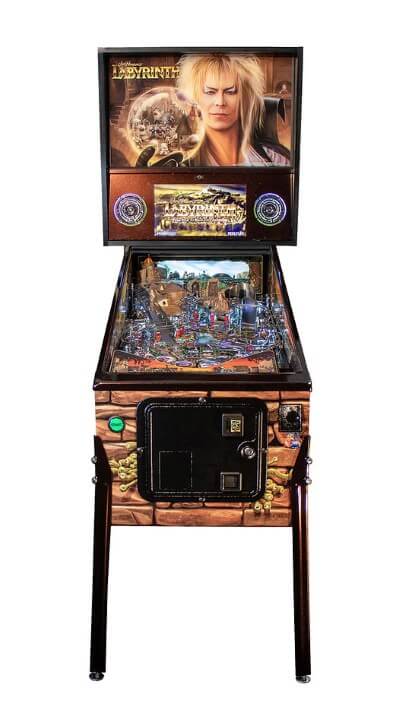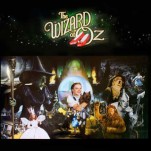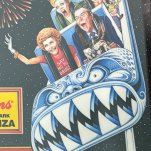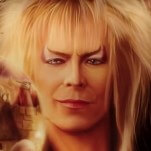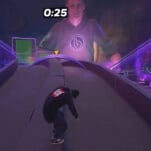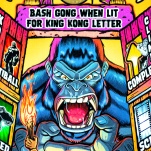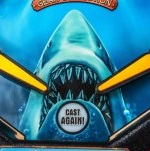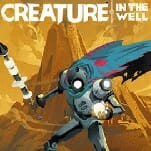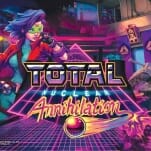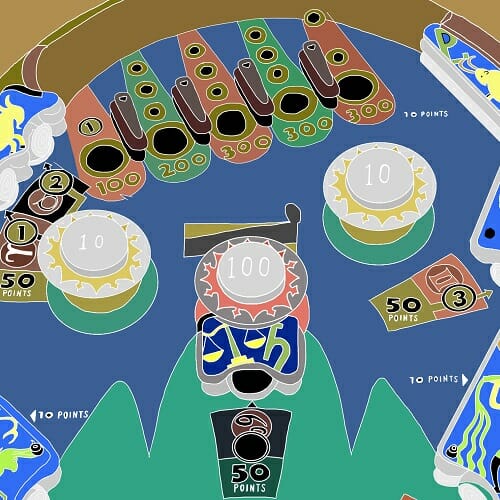How Is Labyrinth the First Pinball Machine with David Bowie In It?
Main images are YouTube screencaps. Cabinet and playfield photos courtesy of Barrels of Fun.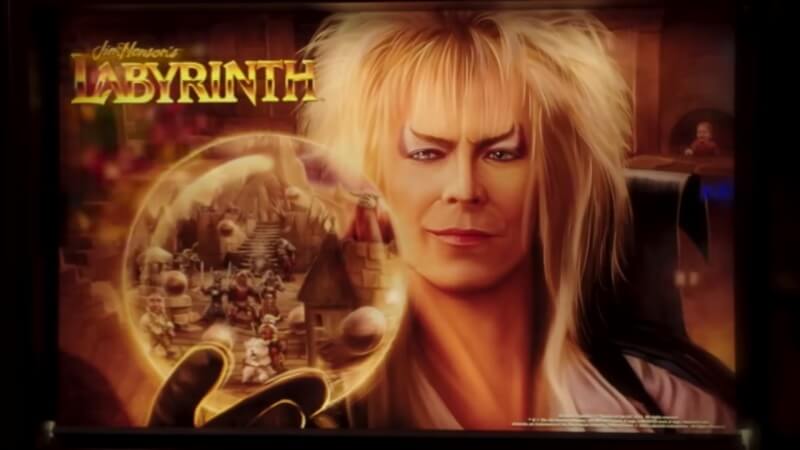
Last month I was finally able to play the pinball machine based on Jim Henson’s 1986 movie Labyrinth. It’s the first game by a new company called Barrels of Fun, and although it apparently shipped in the fall of 2023, this was my first time seeing one in person. That’s not a huge surprise—pinball release dates exist somewhere between a rumor and a suggestion. What is surprising, though—maybe even shocking—is that the Labyrinth machine represents more than just this one particular movie’s pinball debut. It’s also, somehow, improbably, the very first pinball game to ever feature David Bowie.
Bowie, of course, played Jareth the Goblin King in Labyrinth, and you’ll see a lot of that performance in the pinball game. Hell, you’ll see Bowie himself smirking at you every time you so much as look at the machine; there he is on the backglass, holding up Jareth’s crystal ball, and sporting the Goblin King’s long blonde hair and distinctive makeup. Whenever you unlock the Brick Keeper multiball mode during a game, the screen will play the “Magic Dance” musical number from the movie, with Bowie singing and dancing with his little retinue of Muppet goblins; even if you aren’t a fan of the song itself, you’ll have to admit it’s a good way to make a multiball mode even more exciting than it already is.
If there was somehow any doubt, Labyrinth proves that Bowie is a perfect fit for a pin. That shouldn’t even be a question, though, because Bowie is the exact type of artist who should have an entire machine based on him—and considering he was at the peak of his relevance in the late ‘70s heyday of celebrity-based pins, it’s beyond weird that there hasn’t already been one (or even two, by this point).
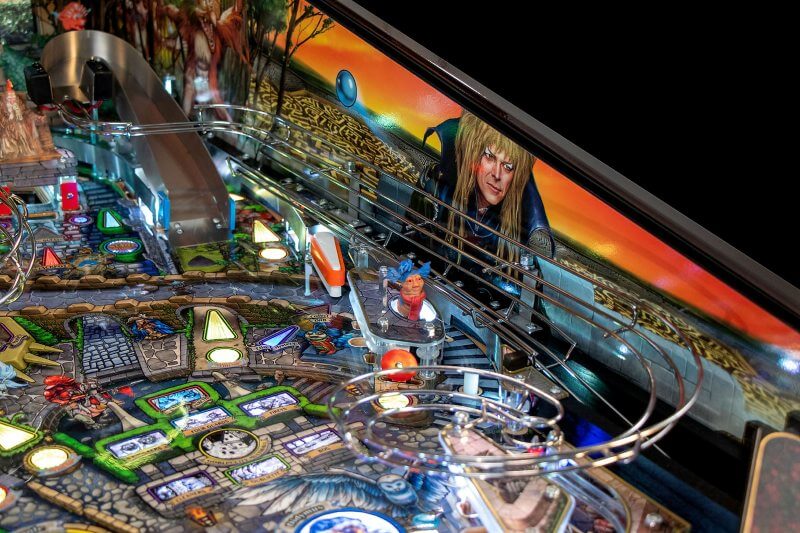
-

-

-

-

-

-

-

-

-

-

